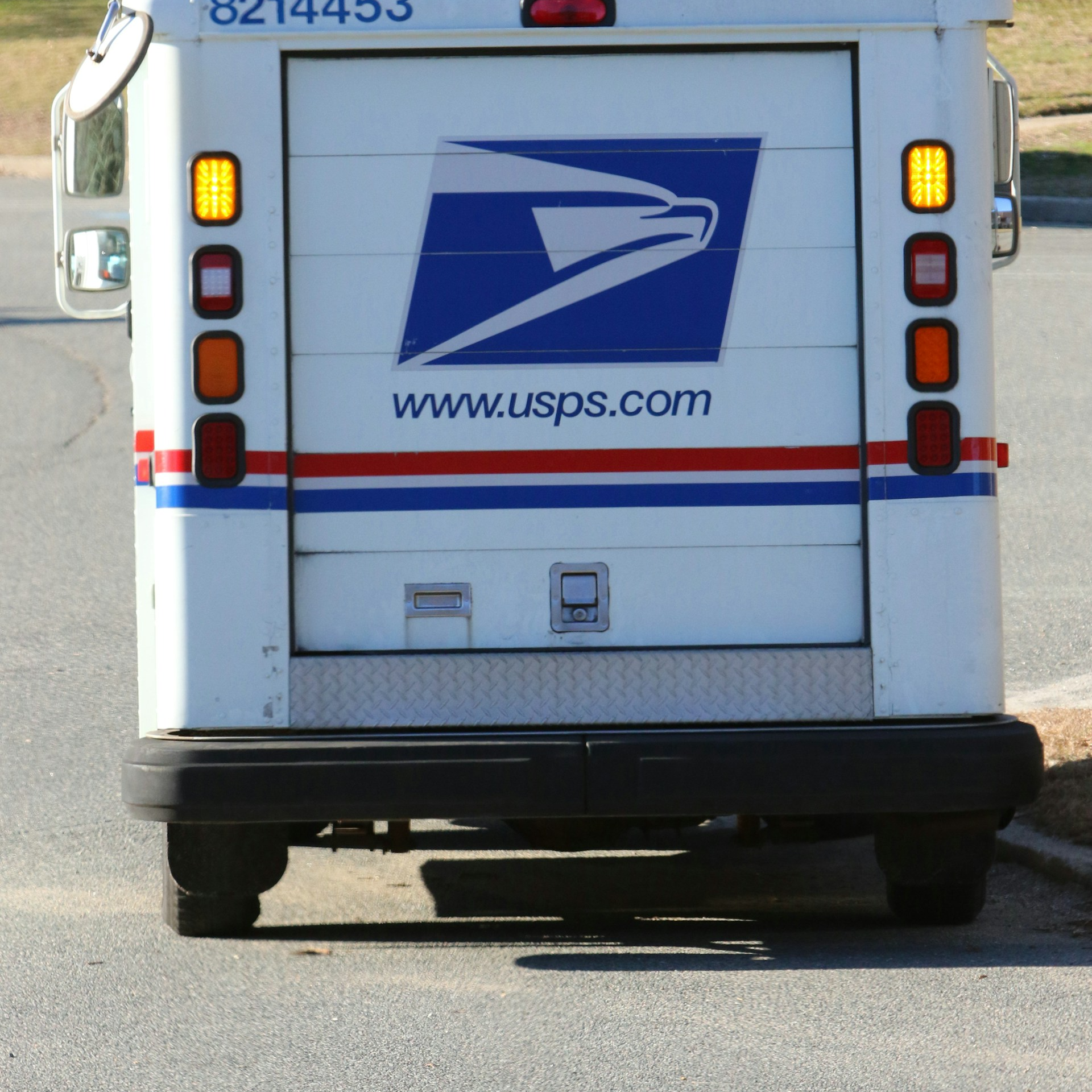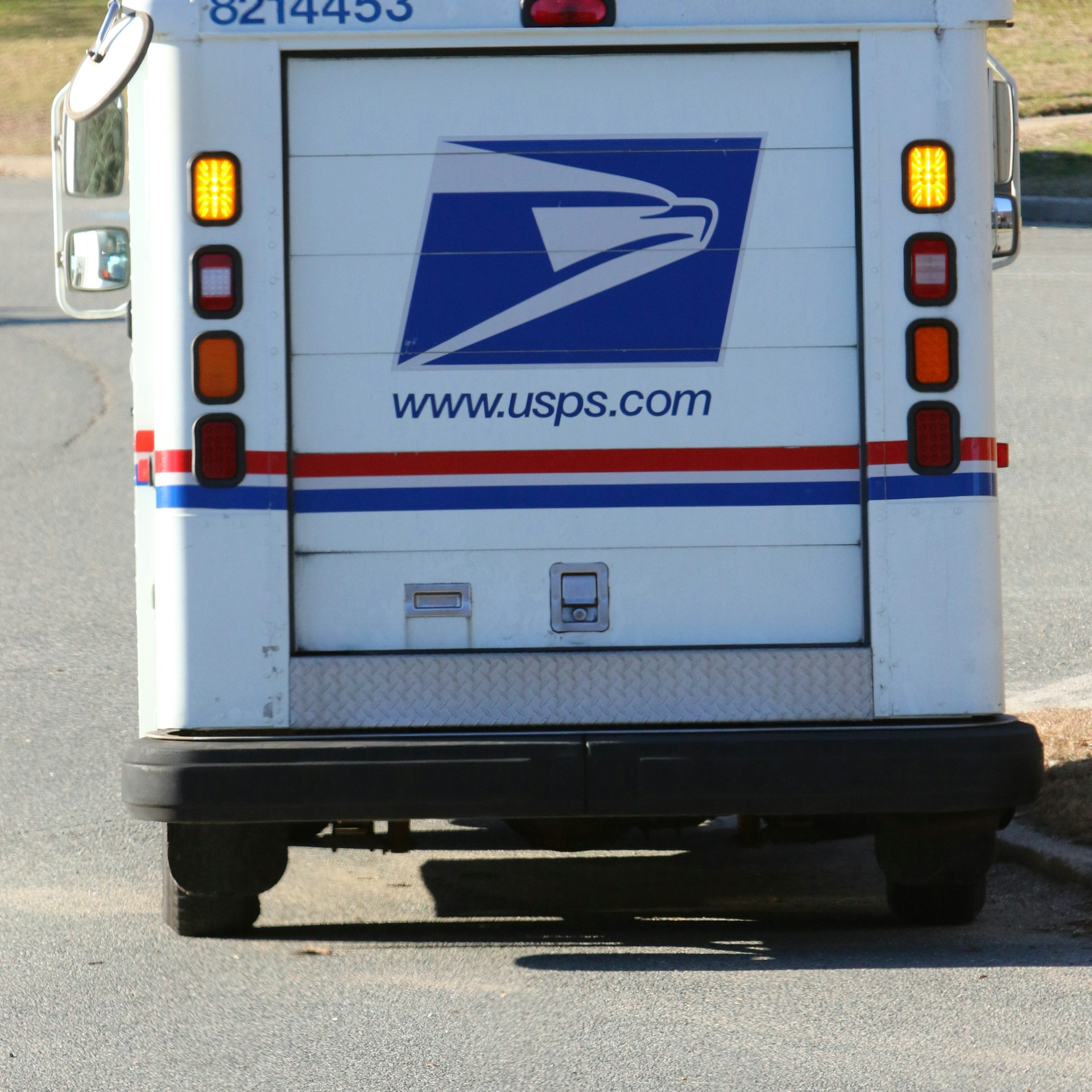Key Takeaways
-
Understanding how coinsurance works under the Postal Service Health Benefits (PSHB) program can help you anticipate out-of-pocket costs and make informed healthcare decisions.
-
Knowing the percentage of costs you are responsible for under different PSHB plans ensures you select coverage that aligns with your medical needs and budget.
The Role of Coinsurance in PSHB: What You Need to Know
When navigating your Postal Service Health Benefits (PSHB) coverage, you may come across the term “coinsurance.” Unlike copayments, which are fixed dollar amounts, coinsurance is a percentage of the cost of medical services that you pay after meeting your deductible. The way PSHB plans handle coinsurance can significantly impact your healthcare expenses, so understanding how it works is crucial for making cost-effective choices.
1. Coinsurance vs. Copayments: What’s the Difference?
Many people confuse coinsurance with copayments, but these two cost-sharing mechanisms function differently. Under PSHB:
-
Copayments are fixed amounts you pay for specific services, such as $30 for a specialist visit.
-
Coinsurance is a percentage of the total cost of services you must pay after meeting your deductible.
For example, if your PSHB plan has a 20% coinsurance for outpatient surgery and the total bill is $2,000, you would owe $400, while your plan covers the remaining $1,600. Understanding this distinction helps you prepare for potential medical expenses.
2. The Impact of In-Network vs. Out-of-Network Services
One of the biggest factors influencing your coinsurance costs under PSHB is whether you use in-network or out-of-network providers.
-
In-Network Services: PSHB plans negotiate lower rates with in-network providers, leading to lower coinsurance costs.
-
Out-of-Network Services: If you visit a provider outside your plan’s network, your coinsurance percentage may be significantly higher, or you may be responsible for the full bill.
To minimize out-of-pocket expenses, always check if a provider is in-network before receiving medical care.
3. How Deductibles Affect Your Coinsurance Payments
Before coinsurance kicks in, you must first meet your PSHB plan’s deductible. This is the amount you must pay out-of-pocket before your insurance starts covering a portion of your expenses.
-
Lower deductible plans typically come with higher monthly premiums but allow your coinsurance to start sooner.
-
Higher deductible plans usually have lower premiums but require you to pay more before insurance coverage begins.
For instance, if your plan has a $1,500 deductible and a 15% coinsurance rate, you must first pay $1,500 before the plan covers 85% of additional medical costs, leaving you responsible for 15%.
4. Coinsurance for Prescription Drugs Under PSHB
Prescription drug coverage under PSHB also involves coinsurance, especially for higher-tier medications.
-
Generic medications often come with a lower copayment or coinsurance percentage.
-
Brand-name and specialty drugs may require you to pay higher coinsurance rates, sometimes up to 30%.
If you take regular medications, reviewing your plan’s prescription drug cost-sharing structure can help you anticipate monthly expenses and explore cost-saving options such as generic alternatives.
5. The Out-of-Pocket Maximum: Your Financial Safety Net
One of the most important protections in PSHB plans is the out-of-pocket maximum. This is the maximum amount you will pay for covered services in a year before your plan covers 100% of eligible expenses.
-
Self-Only Plans: Out-of-pocket maximums typically range from $7,500 for in-network services.
-
Self Plus One and Family Plans: The maximum is often around $15,000 for in-network services.
Once you reach this limit, your plan pays all covered healthcare costs for the remainder of the year, providing essential financial protection against high medical expenses.
How to Choose a PSHB Plan with Favorable Coinsurance Rates
Selecting a PSHB plan involves more than just comparing premiums. Here are some key factors to consider when evaluating coinsurance rates:
-
Your expected medical needs: If you anticipate frequent doctor visits or procedures, a plan with lower coinsurance may be beneficial.
-
Your preferred providers: Ensure that your doctors and hospitals are in-network to minimize coinsurance costs.
-
Your prescription drug costs: Check how your plan covers the medications you need and whether coinsurance applies.
-
Your budget for out-of-pocket costs: Consider both the deductible and out-of-pocket maximum to ensure affordability.
Coinsurance and Medicare Coordination for Retirees
If you are retired and enrolled in Medicare, your PSHB plan works alongside Medicare to reduce your coinsurance costs.
-
Medicare Part B Enrollment: Many PSHB plans waive or significantly reduce coinsurance when you have Medicare Part B.
-
Medicare Part D and Prescription Costs: Enrollees in PSHB plans that integrate with Medicare Part D often see lower coinsurance rates for medications.
-
Medicare as Primary Coverage: With Medicare as your primary insurance, your PSHB plan typically covers the remaining coinsurance costs, minimizing your out-of-pocket spending.
Understanding how Medicare and PSHB work together can help retirees maximize benefits while keeping healthcare costs manageable.
Making Coinsurance Work for You Under PSHB
Coinsurance plays a crucial role in your overall healthcare costs under PSHB. By understanding how it functions, you can make informed decisions about your coverage and minimize unexpected expenses. Whether you are an active postal employee or a retiree coordinating PSHB with Medicare, knowing your coinsurance responsibilities ensures financial predictability in your healthcare journey.
To explore your PSHB options in greater detail and find a plan that aligns with your healthcare needs, get in touch with a licensed agent listed on this website. They can provide personalized assistance to help you navigate your coverage options with confidence.












